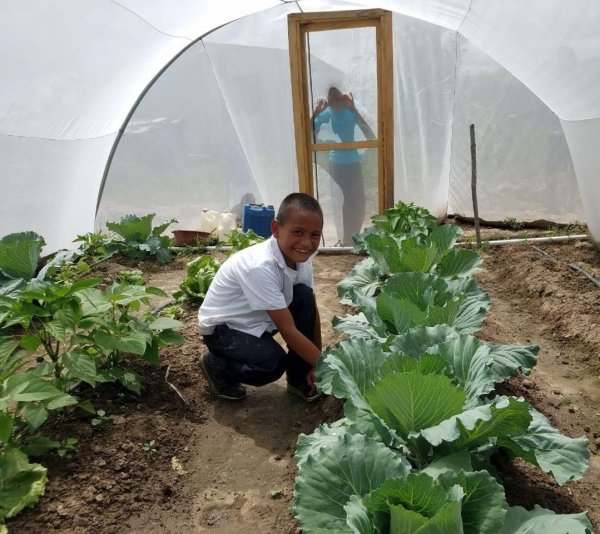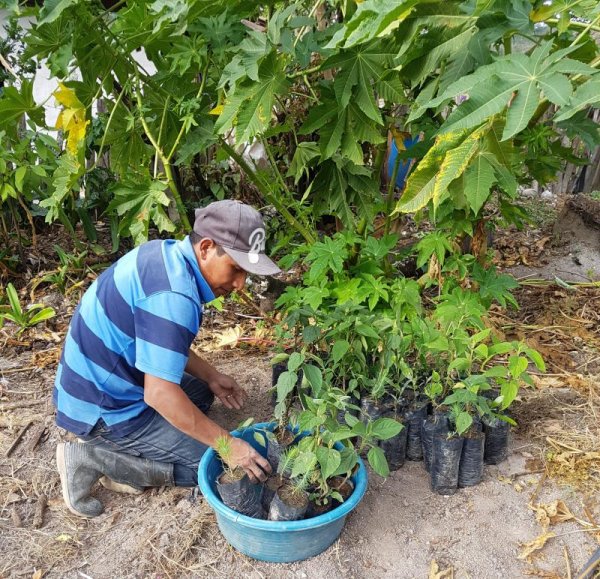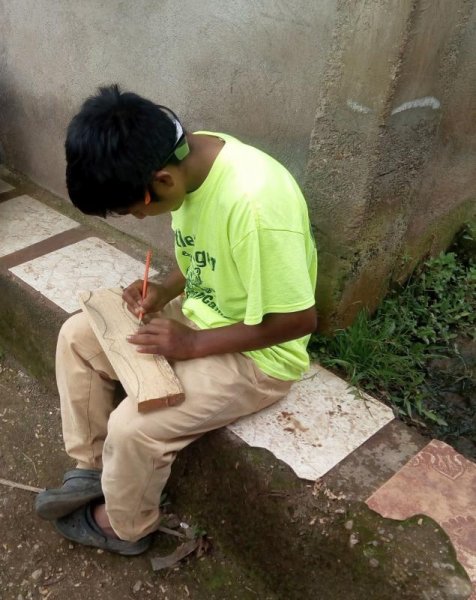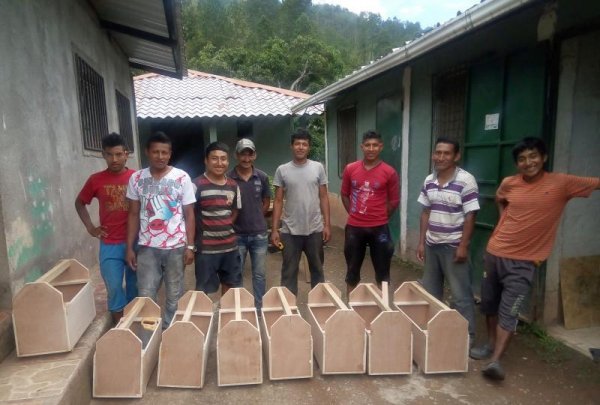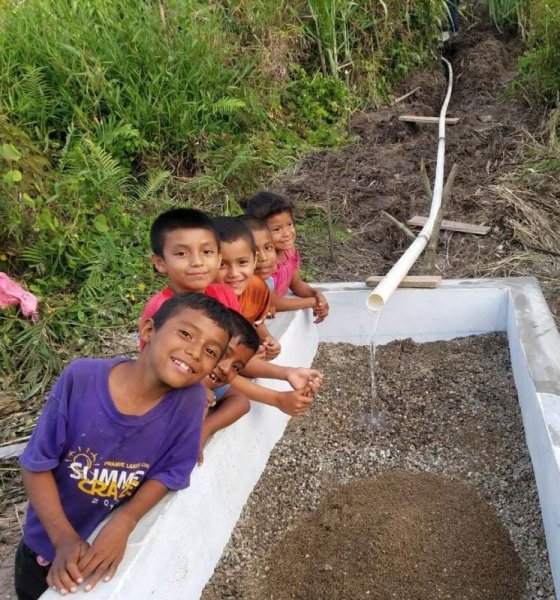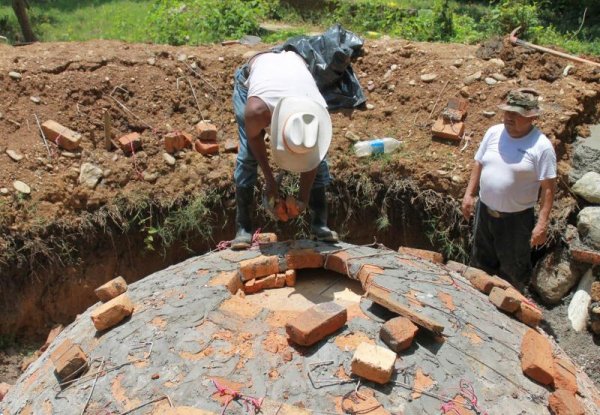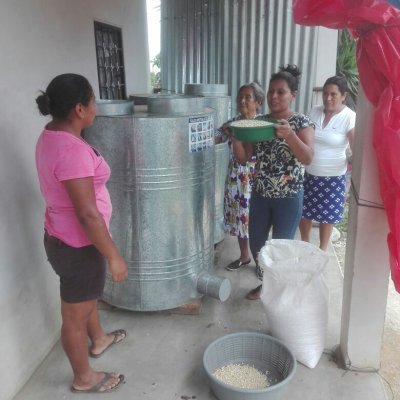Climate technology tie ups promote positive regeneration for Honduran indigenous peoples
The Honduras Indigenous Peoples, Renewable Energy and Climate Change project, funded by NDF, monitored by IDB, and implemented by SNV, has successfully worked with Indigenous Communities of Honduras to tackle climate change through technology transfer, training and capacity building around collaborative advocacy
"Honduran’s in general and indigenous people in particular are very vulnerable to climate change, including prolonged droughts, heavy rainfall and soil erosion,” explains Emmanuel Bejar, Central American Director at SNV. “This affects the way people live with the natural resources – the land and the forest they have around them, making it increasingly challenging.”
Over the last two decades, Honduras has consistently ranked in the top three in vulnerability to climate change and extreme weather events, according to the Global Climate Risk Index. “If we are not first, we are always in the top three,” Bejar laments.
Also, the growing threat of climate change is intertwined with other problems indigenous people face – loss of local languages, young people with no livelihood leaving for the cities, and competition for natural resources.
This project, which targeted indigenous communities in eight municipalities in Central Honduras, set out to address these problems head on using three simple and affordable climate change adaptation technologies:
1. Biogas digesters a big draw
By the end of the three-year program, forty families from the three indigenous groups: Lencas, Tolupanes and Nahua, had installed biogas digesters and had been trained in their use. By mixing farm manure with water in closed containers, farmers and householders learned how to produce clean, low-cost, low-carbon fuel called biogas, which they could use for cooking.
“There was one initial challenge,” Bejar recalls. “Compared with other places where we’ve installed digesters, these remote communities didn’t have the same volume of manure available from farm animals, so we had to look for other sources.” The team introduced the notion of supplementing animal manure with human excreta, which is readily available. According to Bejar, after a visit to the NDF funded Biogas project in Nicaragua, they were very open to the idea and to the prospect of producing their own clean, renewable energy.
“It was a eureka moment for one community leader, who cried out: ‘now we will have our own infinite supply of energy!’”
In two schools, human excreta, combined with pig manure was piloted for the primary use of cooking with gas. “This was a first for Honduras school system,” Bejar says, “and the Honduran government loved the idea as much as the locals did.”
In addition to energy, the biogas digester process yields a very valuable side product called bio slurry, which is an organic fertilizer that can go right back into the surrounding lands to boost agricultural yields.
2. Agro-forestry combining crops with trees
This high-quality fertilizer works very well and saves on the cost of buying chemical fertilizers.
It is also being put to perfect use in the forestry restoration aspect of the project, which now has three hundred and seven families tending their own orchard gardens or forest gardens.
“Agro-forestry has less of an impact on soil and is able to capture more carbon than in traditional farming methods,” Bejar explains.
Nurseries for planting in the agro-forestry systems were also established with the capacity to hold 10,000 forest and fruit trees to supply the continuation of the program. At the same time, the boundaries of eight micro-watersheds were mapped and defined, with reforestation and protection processes initiated in those areas.
3. Protective farming for food
Communities were also offered protective crop-growing solutions, making it possible to grow food like tomatoes, lettuce, carrots, and other horticultural products in stable hothouse conditions. These protective agricultural tunnels were designed to make food production less vulnerable to harsher weather conditions, related to climate change.
With water also precious and often in short supply, micro- irrigation systems were also introduced.
“These are designed to capture what precious water there is through collection tanks then redirect that water through micro-irrigation drip dispensers to exactly where it is needed.”
A total of fifty climate-controlled tunnels made from reusable plastic and fifty micro-irrigation sets were installed under the project.
These technologies and solutions were introduced in the context of workshops and sessions on climate change; training in the maintenance and use of the biodigesters and other climate adaptation technologies; as well as training of field technicians and community leaders. “This was all in support of local ownership and appropriation,” says Bejar.
Expanding spheres of influence
Another important requisite was to promote increased participation by indigenous groups in larger consultation bodies. In support of this, thirty-six local promoters were trained in topics like the rights of indigenous peoples, Free, Prior and Informed Consent (FPIC) process, and collaborative advocacy. By the end of the project a total 1,240 local people had also received training in these topics.
Success factors growing directly from these efforts included:
- Design and validation of a report outlining strategies for ethno-cultural intervention and adaptation to climate change in indigenous communities.
- Socialisation at national level of the Nahua’s own FPIC process protocol.
- Socialisation by the Tolupanes in San Juan de la Montaña de la Flor of their climate change adaptation strategy among other indigenous groups in Honduras, as well as government authorities, development organizations, and NGOs.
Projects take time and plans change
While these results were all very favourable, Bejar concedes that at times things took rather longer than expected to achieve. “We could not rush these people,” says Bejar. “And certainly, we did not wish to impose our time schedule on them.”
Specific plans couldn’t be imposed either. “If you approach these communities with one idea you can easily walk out with something different,” laughs Bejar.
The Tolupanes in la Montaña de la Flor were a case in point. Bejar recalls a quiet spoken 80-year-old chief, or cacique. “He had a very special peace emanating from him and was a good listener,” says Bejar, “but he knew what he wanted.” After the FPIC process, the Tolupanes community chose to complement their climate adaptation technologies with an initiative to boost their local economy – the setting up of a carpentry and artisanal furniture shop.
Creating value with own hands and methods
Conserving the forest is one thing but communities are also worried about how they can sustainably create a living from the forests, ideally using their own traditions and methods.
Bejar believes these carpentry and artisanal shops and their equipment went a long way to addressing this problem by helping the locals make immediate use of available wood from local pine trees severely hit by the southern pine beetle, dendroctonus frontalis, while creating new livelihoods from woodworking to help keep young people from leaving.
On the launch day when the sawmills for carpentry shops were installed, Bejar was visiting the Tolupanes and saw with satisfaction that it was the old cacique leader who first got up to test the machinery.
“The cacique was a man of few words,” Bejar recalls. “I asked him afterwards what he thought about the project and his reply was short.” But maybe not much more was needed, when after a long silence, the cacique turned to Bejar and said: “This is good for us."

